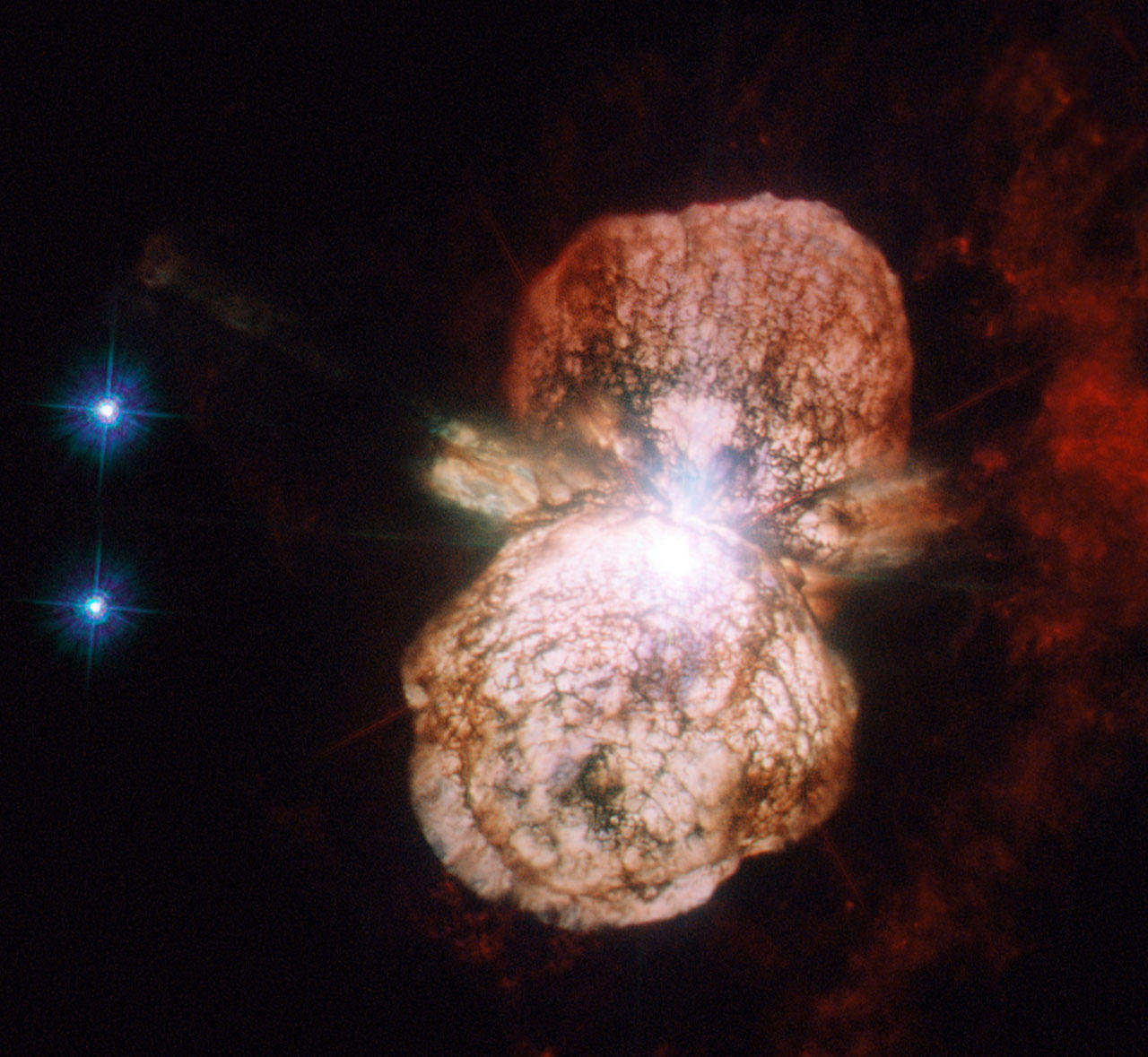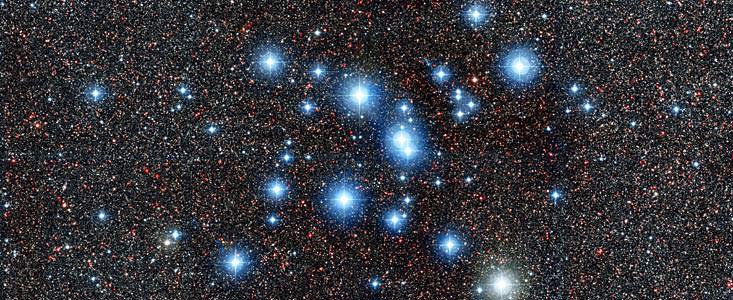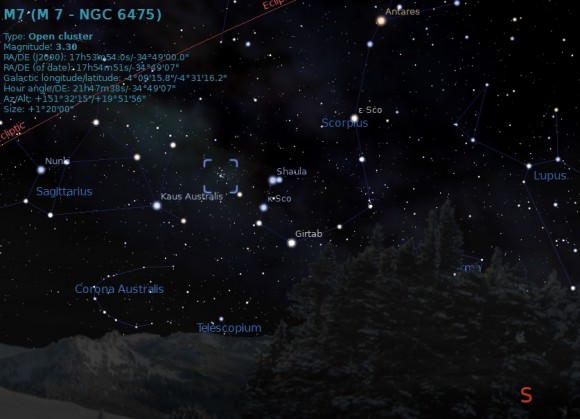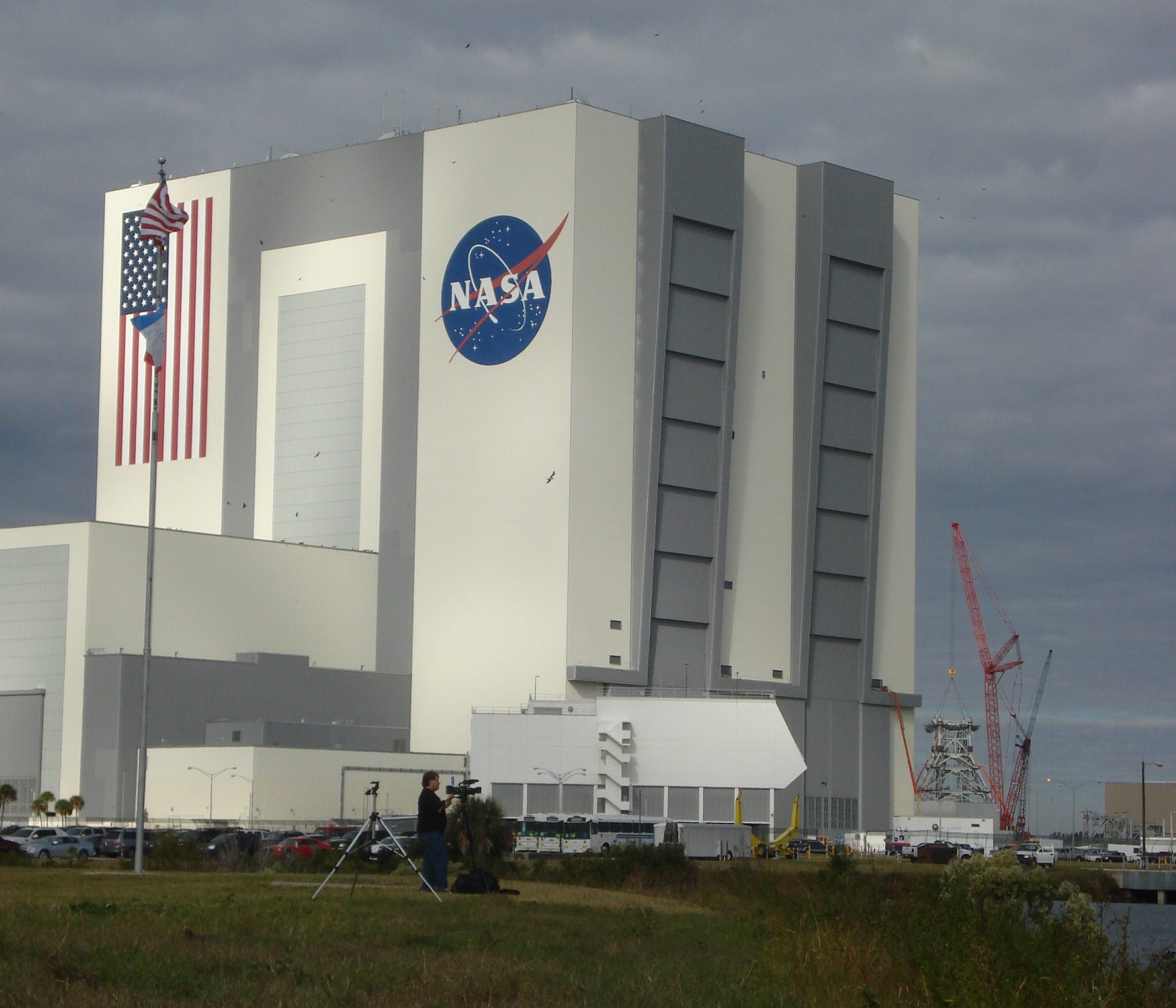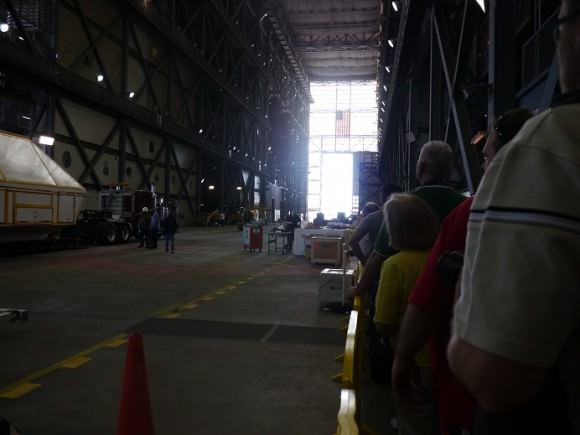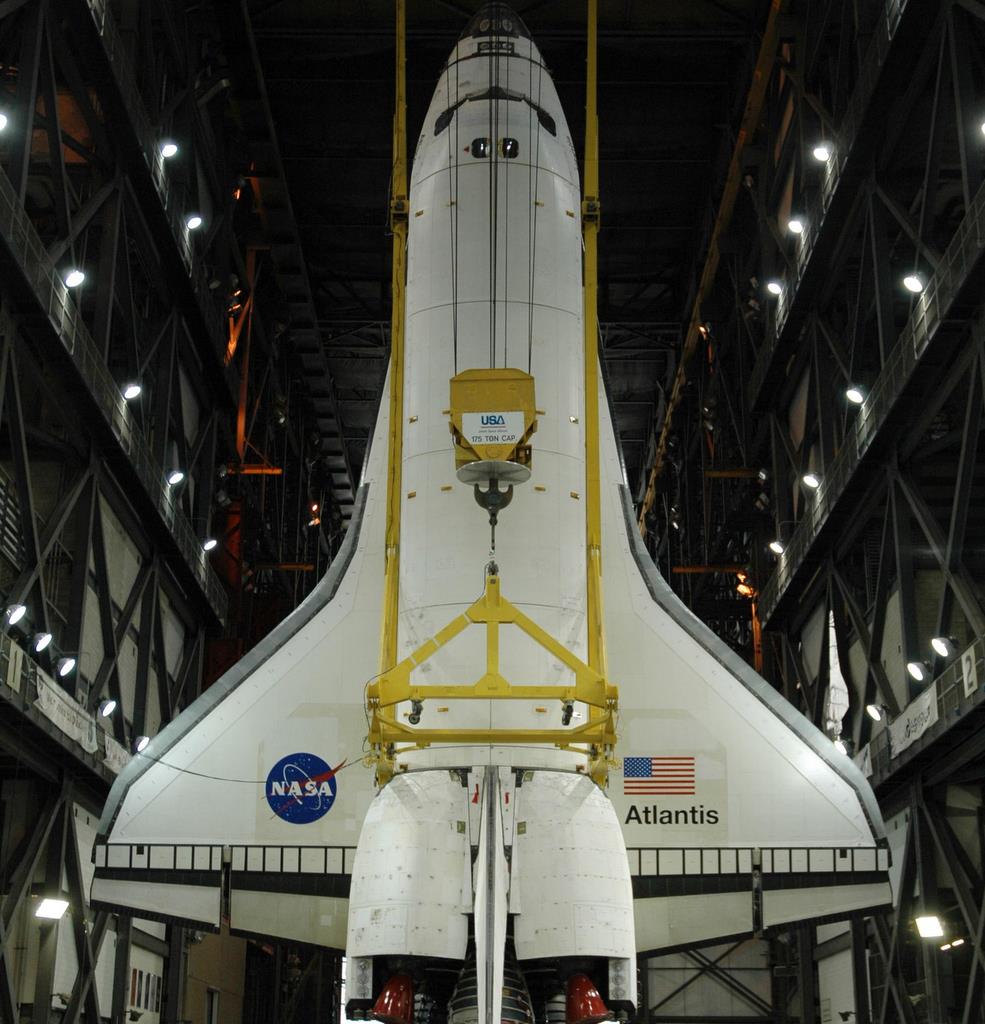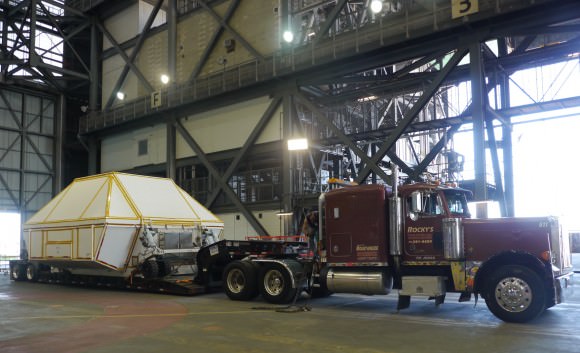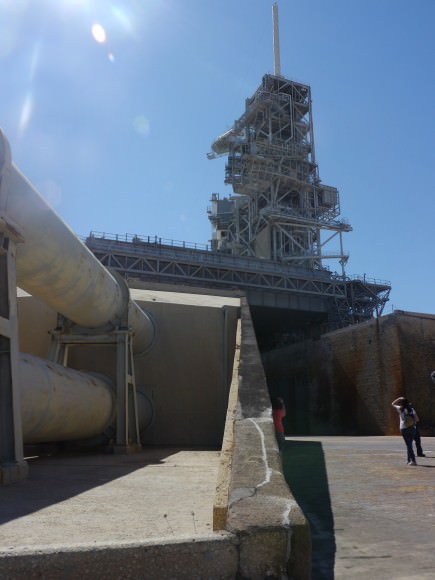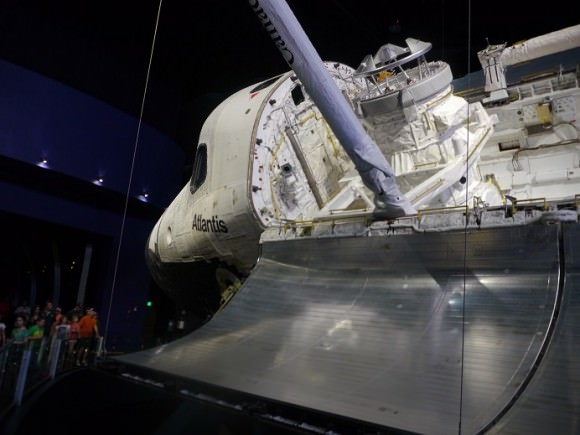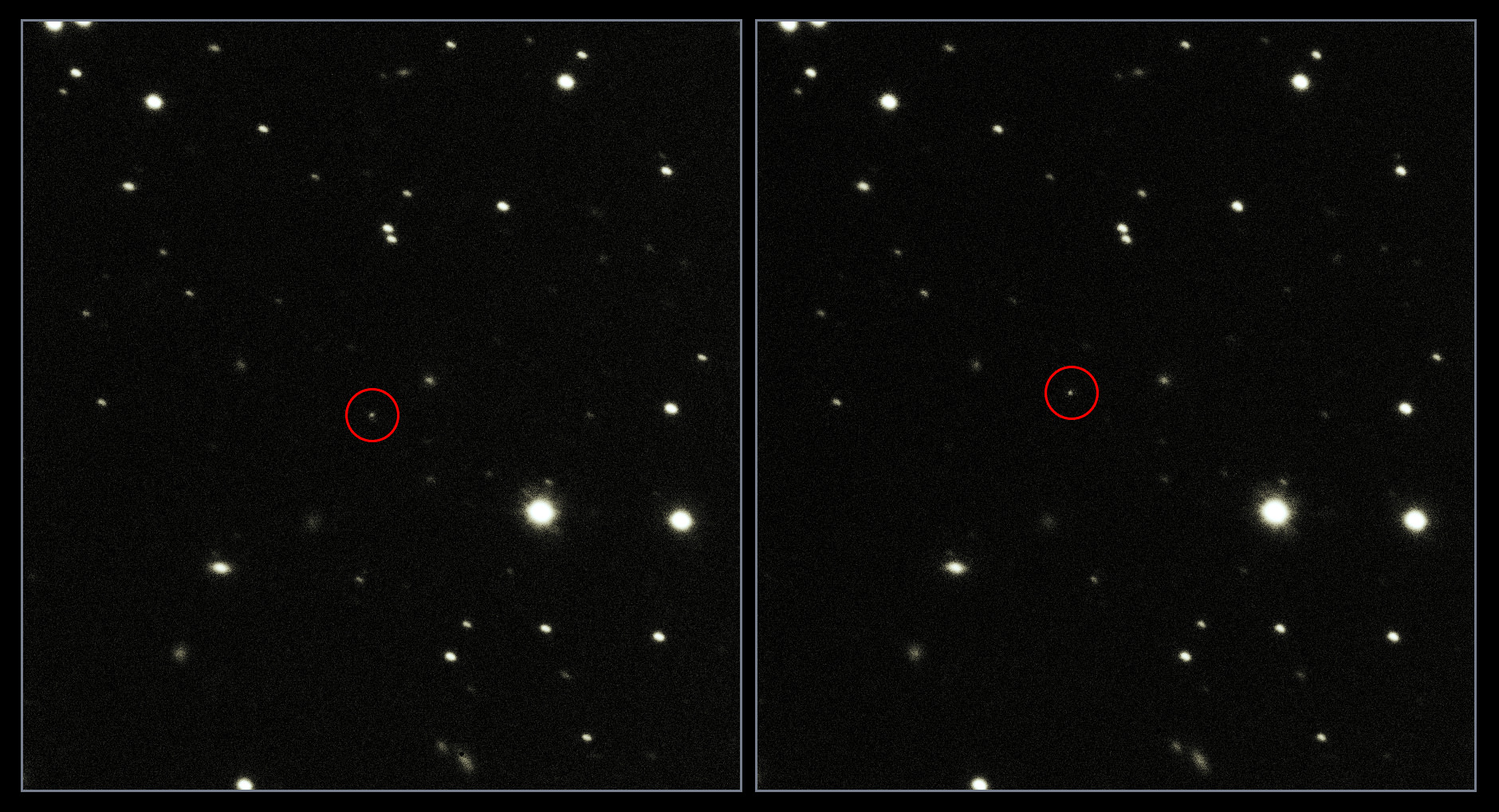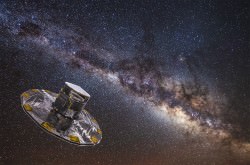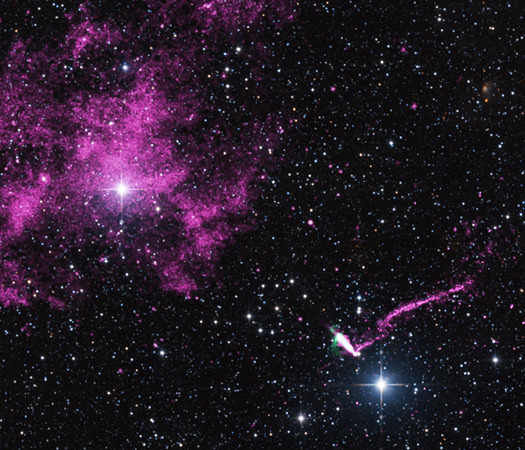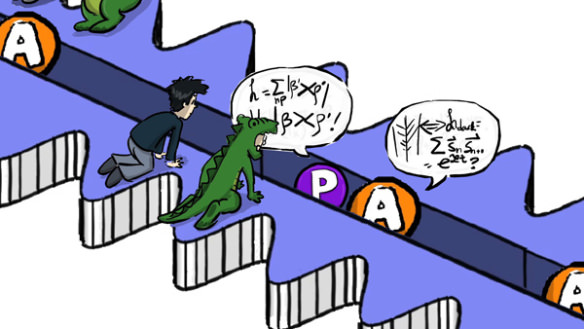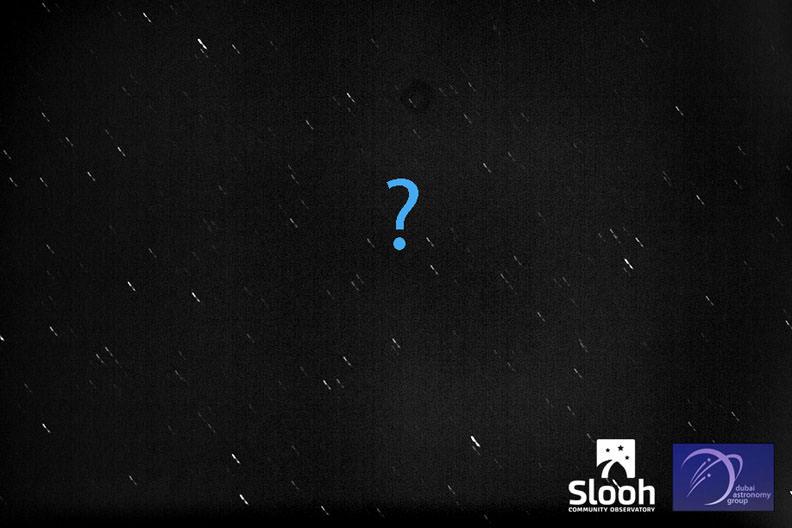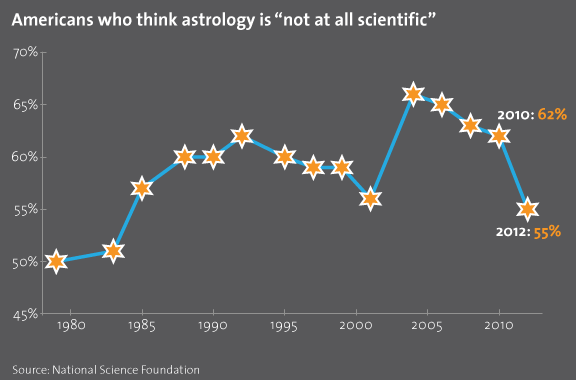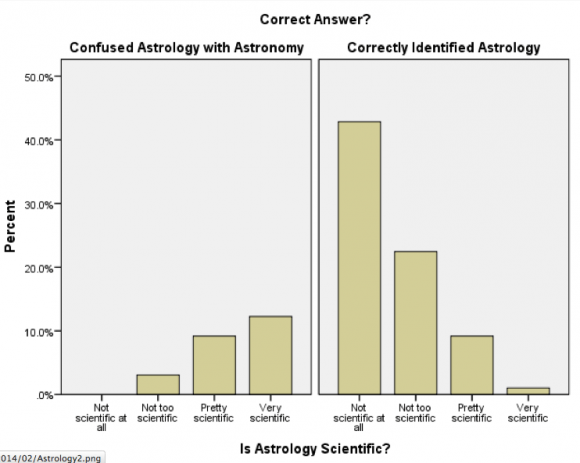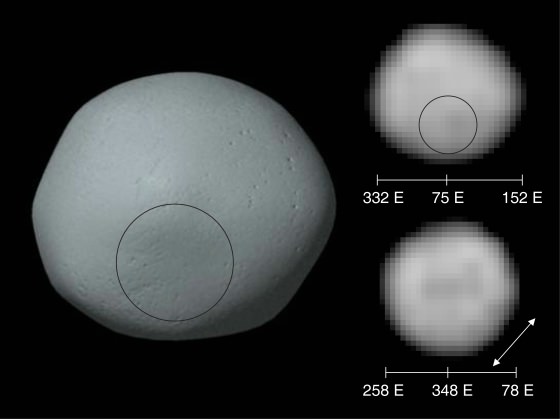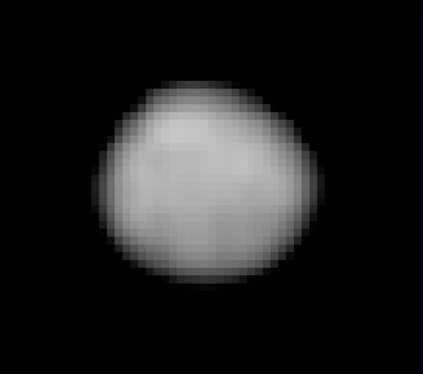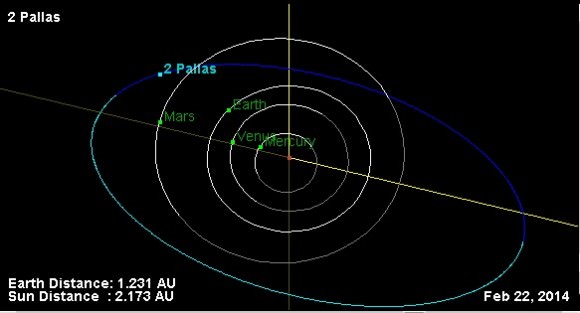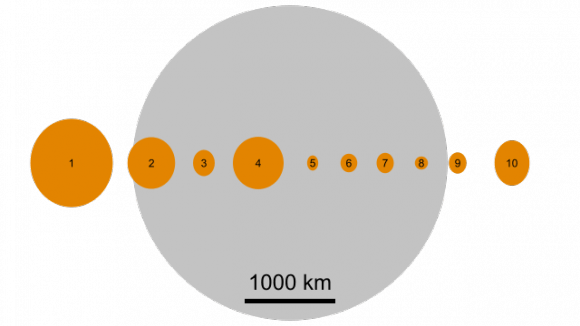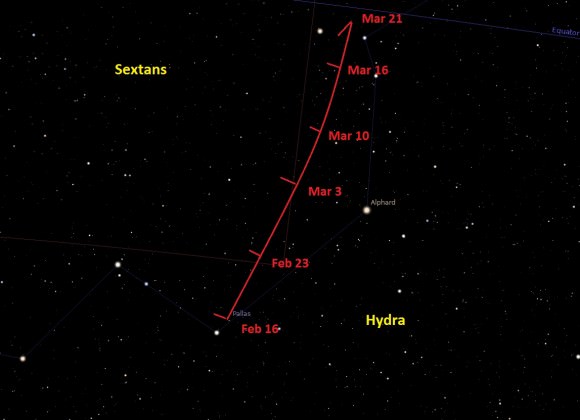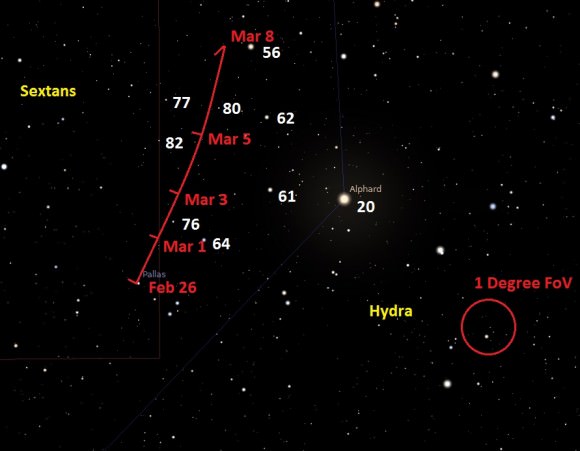On July 23rd, 2012, Sally Ride died. As the first American woman in space and a true icon of the modern scientific era, her loss was felt all over the world. President Barack Obama said, “Sally was a national hero and a powerful role model. She inspired generations of young girls to reach for the stars.” Ride’s, well, ride into space was wonderfully inspiring, but how many Americans ever read of Kathryn D. Sullivan, Anna Lee Fisher, or the dozens of other American women in space? Outside of space enthusiasts, few people know that the first woman in space was actually a Russian cosmonaut, Valentina Tereshkova, who visited the cosmos nearly 20 years before Ride! While Mae Jemison has reached international fame as a physician and the first African American women in space, few know of the African American women who came after her.
Thanks to our natural, but foolish, inclination to focus on “firsts” and benchmarks as if collecting trivia, it’s elusively easy to believe that these two or three women mentioned in our high-school science texts are the definitive ‘women of space’ and that’s that.
Hardly.
As accomplished author Karen Bush Gibson shows in her latest book, Women in Space: 23 Stories of First Flights, Scientific Missions, and Gravity-Breaking Adventures, space is certainly not an all boy’s club. Throughout the just over 200-page book, Gibson relates the successes and setbacks of nearly two dozen women from ten different countries who made history and forged a path for countless females to follow. Gibson’s book features photographs and nods to access additional learning resources, valuable for any interested reader in showing that this book is truly only just scratching the surface of women’s enormous impact on spaceflight.
Studies seem to pour in almost daily stating that the STEM (Science, Technology, Engineering, Math) fields are increasingly male-dominated, so it’s refreshing to read about the women who overcame the stereotypes and prejudices and dared to go where so few had gone before. Gibson’s book offers an informative, introductory overview of a group of unfortunately under-appreciated heroes – as well as an exhilarating perspective which emphasizes that there is so much more to come.
You can buy a copy of Women in Space from Amazon.com or visit the Chicago Review Press.
Universe Today and Chicago Review Press are pleased to be able to offer two free copies of Women in Space to our readers. In order to be entered into the giveaway drawing, just put your email address into the box at the bottom of this post (where it says “Enter the Giveaway”) before Wednesday. February 26. If this is the first time you’re registering for a giveaway, you’ll receive a confirmation email immediately where you’ll need to click a link to be entered into the drawing. For those who have registered previously, you’ll receive an email later where you can enter this drawing.


